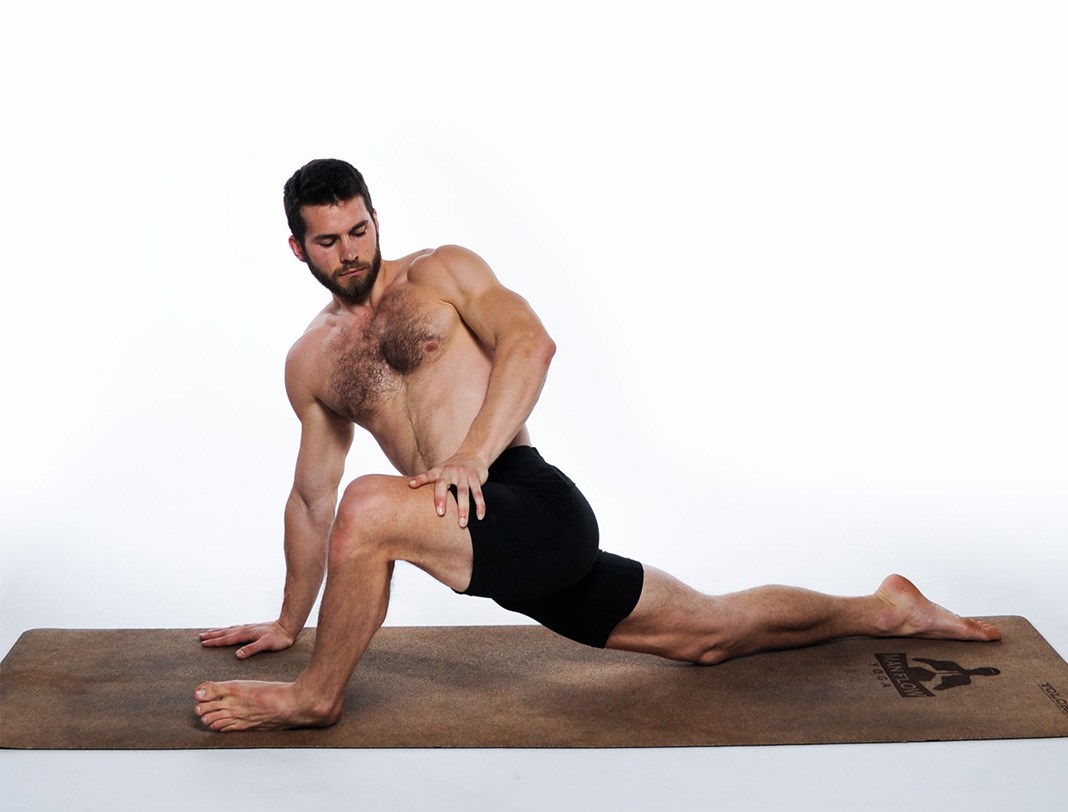
Introduction to Vinyasa Flow Yoga
The Popular Yoga Style Links Movement and Breath
Vinyasa, also called flow because of the smooth way that the poses run together, is one of the most popular contemporary styles of yoga, including Ashtanga and power yoga.
In contemporary parlance, vinyasa stands in opposition to hatha (pronounced hah-tah). Hatha classes tend to focus on one pose at a time with rest in between. In contrast, flow classes string poses together to make a sequence. The sequence may be fixed, as in Ashtanga in which the poses are always done in the same order, but most of the time vinyasa teachers have the discretion to arrange the progression of poses in their own ways.
Connect Vinyasa to the Breath
In vinyasa yoga, each movement is synchronized to a breath. The breath is given primacy, acting as an anchor as you move from one pose to the next. As an example, the cat-cow stretch is a very simple vinyasa. The spine is arched (toward the floor) on an inhale and arched (toward the ceiling) on an exhale. A sun salutation sequence is a more complex vinyasa. Each movement in the series is cued by an inhalation or an exhalation of the breath.
The literal translation of vinyasa from Sanskrit is “connection,” according to Ellen Stansel, Ph.D., RYT, and scholar of yogic literature. In terms of yoga asana, we can interpre this as a connection between movement and breath or as the connection between poses in a flowing sequence.
What to Expect
Vinyasa allows for a lot of variety, but will almost always include sun salutations. Expect to move, sometimes vigorously, from pose to pose. Whether the class is fast or slow, includes advanced poses, or is very alignment-oriented will depend on the individual teacher and the particular style in which he or she is trained.
At Asana Yoga Studio classes include some warm-up stretches at the beginning of the class, followed by sun salutations. Once the body is warmed up, the intensity increases with a variety of poses flowing together until the final period of cool down and final stretches.
Going Through Your Vinyasa
When vinyasa is used as a noun, it describes a series of three poses that are done as part of a sun salutation sequence. When the teacher says, “vinyasa on through,” s/he means to do a plank, chaturanga, upward facing dog (or cobra) ending in downward facing dog using your breath to measure when to move on to the next pose.
If you start to get tired and this affects the quality of your poses, it’s very acceptable to skip the vinyasa and wait for the class in downward facing dog. The teacher will also teach other modified sequences which allows for benefit in your practice such as plank, knees, cobra, downward facing dog.
Is Vinyasa Flow for You?
Vinyasa’s strength is in its diversity. If you appreciate having things a little loose and unpredictable and like to keep moving, this style is definitely worth a try.
In most cases, there is no single philosophy, rulebook, or sequence that teachers must follow, so there is a lot of room for individual personalities and quirks to come through. This makes it essential that you find a teacher you enjoy and can relate to. If your first flow class doesn’t rock your world, keep trying different teachers until you find one that’s a better fit.